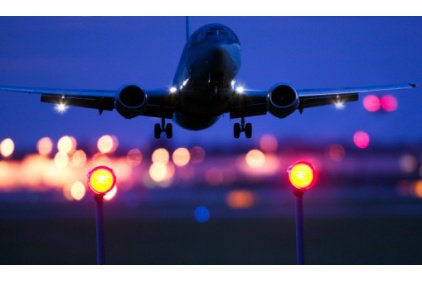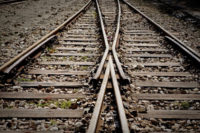 The National Transportation Safety Board (NTSB) yesterday issued a series of safety recommendations to the Federal Aviation Administration, calling for improvements in locating downed aircraft and ways to obtain critical flight data faster and without the need for immediate underwater retrieval. The Board also re-emphasized the need for cockpit image recorders on commercial airplanes.
The National Transportation Safety Board (NTSB) yesterday issued a series of safety recommendations to the Federal Aviation Administration, calling for improvements in locating downed aircraft and ways to obtain critical flight data faster and without the need for immediate underwater retrieval. The Board also re-emphasized the need for cockpit image recorders on commercial airplanes.
Recent accidents have pointed to the need for improved technologies to locate aircraft wreckage and flight recorders lost in remote locations or over water. In the 2009 crash of Air France Flight 447, it took almost two years and $40 million to find the recorders. Investigators are still searching for Malaysian Airlines Flight 370. So far the search has involved 26 countries using 84 vessels and numerous aircraft.
"We shouldn't have to..."
“Technology has reached a point where we shouldn’t have to search hundreds of miles of ocean floor in a frantic race to find these valuable boxes,’’ said NTSB Acting Chairman Christopher A. Hart. “In this day and age, lost aircraft should be a thing of the past.”
Last October, the NTSB held a forum, Emerging Flight Data and Locator Technology, which explored these issues in detail.
Among the recommendations to the FAA are to equip commercial airplanes with a tamper-resistant method to broadcast to a ground station sufficient information to establish the location where an aircraft terminates flight as a result of an accident within six nautical miles of the point of impact.
The NTSB also called for the FAA to coordinate with other regulatory authorities and the International Civil Aviation Organization to harmonize implementation of several of these recommendations.
Recording images in the cockpit
The NTSB also repeated recommendations for a crash-protected image recording system that would record the cockpit environment during the last two hours of a flight.
A link to the recommendation letter can be found here: go.usa.gov/Jsaz
A link to the recorder forum page is here: go.usa.gov/JsCW






